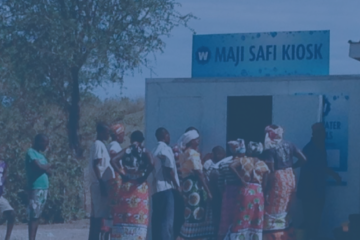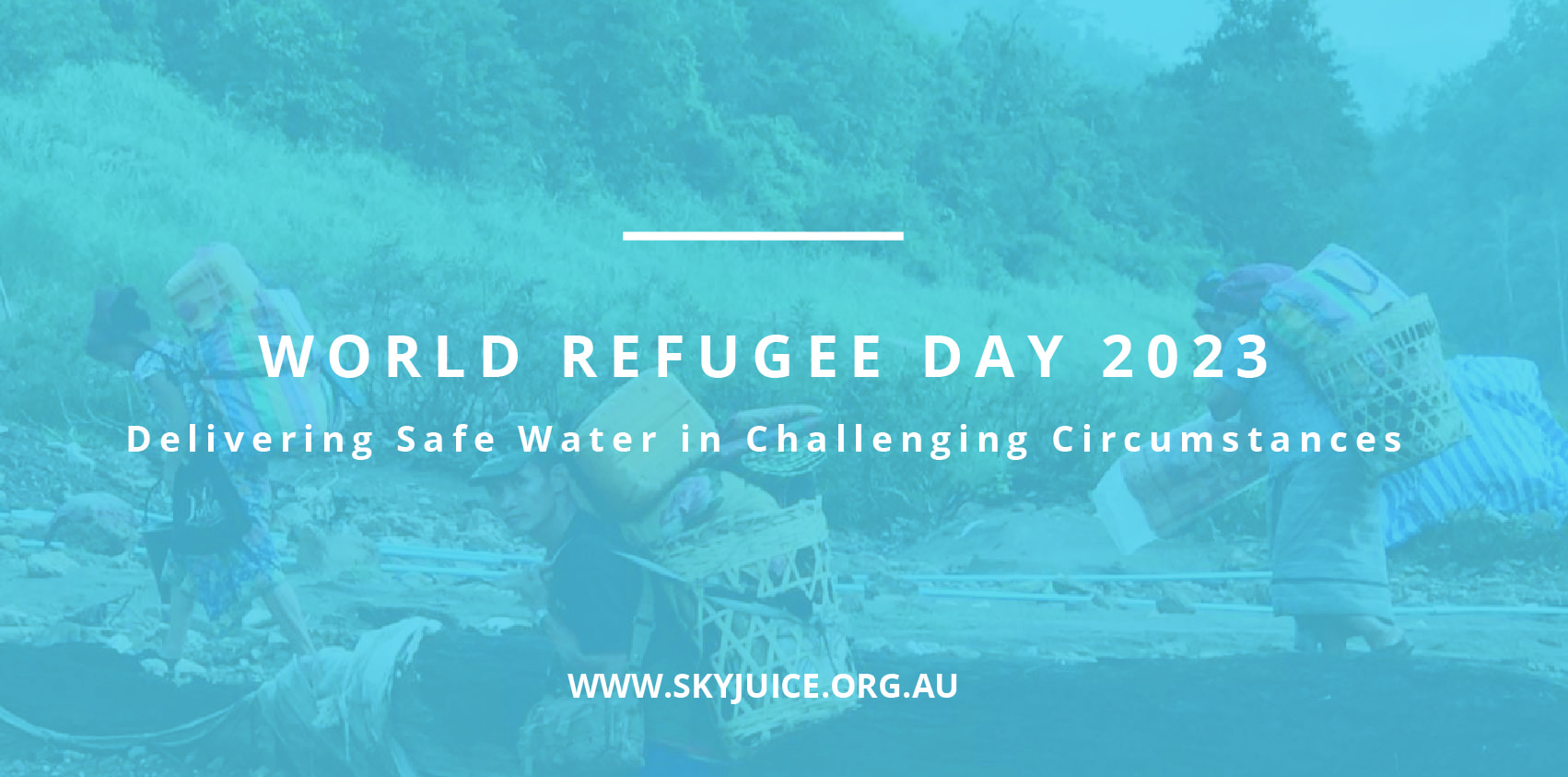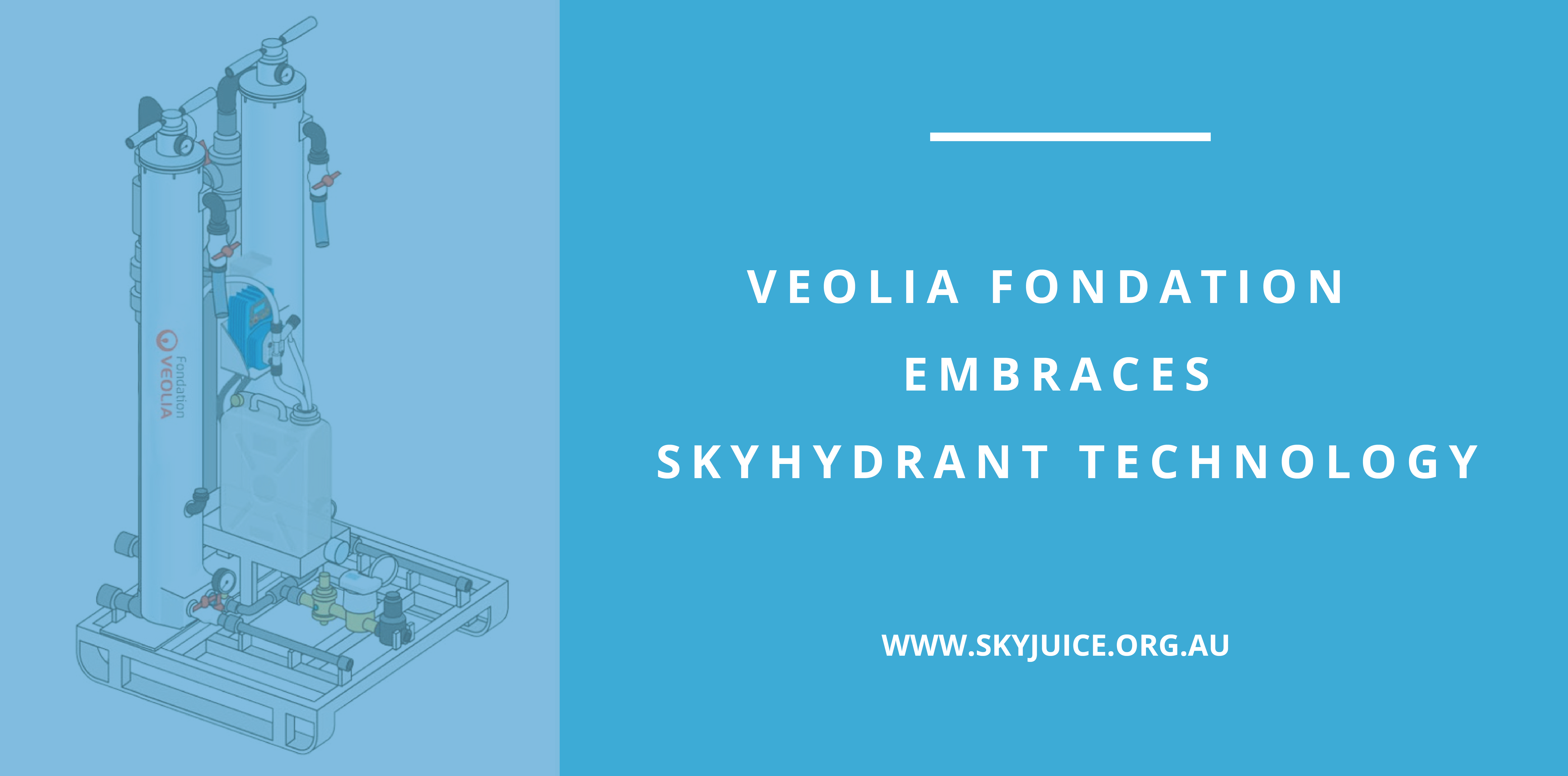Interestingly enough, there is no simple definition of water quality. It is used to refer to the properties of materials dissolved or suspended in water and the impact on the environment. There are numerous indicators of contamination and human and environmental health risk assessment. But is there a simple measure for smaller communities?
There is no quick test or definition of acceptable water quality. However, there is a good consensus that drinking water quality should be at the point of consumption. Consideration needs to ensure protection from deterioration in quality from treatment onto distribution or, at the point of off-take.
A recent interesting example was in Flint, Michigan, USA. This was an issue of corrosive water in the supply system. It was not an isolated case but is just one of many cities in the US and worldwide with similar and related issues. These events pale in comparison to the 1.4 billion people who do not have water considered “safe” for drinking purposes. It is possible to fix the problem in the developed world although the mechanisms for doing this can be painfully slow at times. Water quality for both people and the environment is a broad issue.
John Snow in the mid 19th century recognized the connection between disease (cholera) being spread by sewage waste and drinking water. Dr Snow was at that time, castigated as a heretic for about 30 years by the British establishment before his theory was publicly accepted. It didn’t stop him doing the right thing to protect public health.
The first important principle is to provide water source protection from cross-contamination. Secondly, some form of disinfection was recognized as a requirement. In that period of time simple filtration was one method and boiling was another. It was known that certain processed drinks were relatively safe, such as beer and wine, and these were commonly consumed. But sometimes additives such as lead salts to wine to sweeten it or contaminated water to beer undid the “protection” from the processing.
Filtration is still one of the time-honoured methods for protection. This can be a cloth sari or a ceramic filter in a pot in the Indian subcontinent. The simple sand filter is also effective for microbial contamination control. If charcoal is included then taste and odour control are also controllable. Each of these techniques has its limitations that can be enhanced by secondary treatment, advances in the robust design of the systems, storage and/or distribution. But this isn’t always the answer as the quality of the source water can deteriorate and can be variable.
Even with disinfectants such as chlorine, there are risks from the by-products. Despite being a cheap commodity, chlorine is not easy to handle or manage. Certainly, the microbial health risk is greatly reduced but there are a number of organisms resistant to chlorine. One example being cryptosporidium and these issues are well known to most.
Most advanced countries have well researched and implemented public health guidelines that water supply agencies are required to comply with at the multiple stages of testing and quality protection, to finally deliver good quality water at the consumer’s tap.
Technical advances have seen the transition of advanced filtration techniques and simple technologies adopted for robust and practical applications. Applying “high science in a low tech settings” has impact. It should be no surprise that high-tech methodology can be used in a traditional or simple way with impressive results. It is this area of technology adaption that has great appeal potential.
It’s over 50 years since the first early membranes solutions were produced. Few people thought that their present low cost, high reliability and efficiency would become an enabling technology for water treatment and water quality restoration for disadvantaged peoples.
Membrane technologies offer a greater rejection of bacteria and viruses than other filtration systems. Turbidity and sometimes colour are reduced with many suspended and colloidal materials being removed. With tens of thousands of systems in use throughout the world, this is a classic example of a direct approach to solving drinking water quality issues. The systems are usually compact, easily installed and require little maintenance. The water may not meet all the first world criteria for safety, but it is usually fit and safe to drink. Despite the many examples of the provision of safe water by these systems, there is still enormous potential for adoption.
Newer technologies such as solar powered UV disinfection using advanced LEDs, new materials that provide photo-oxidation and organics removal in the presence of sunlight and low energy desalinization plants are all technologies that can go further to give people good quality water. Prior treatment with filtration will ensure that everyone has the potential to have high water quality for safe use. It is just a matter of making it happen.
These are just some of the ways safe water systems can be provided to the disadvantaged. While major cities may get the big distribution systems with international aid funds, it is often the small villages and the disadvantaged communities who need real solutions. Poor drinking water quality leads to ill health, with associated economic and medical disadvantages and results in a vicious cycle of poverty. Technology is there to solve many of these issues at a low cost. Water supply with good water quality can add more than 4% to GDP at a national level, help eliminate social and gender disadvantages and discrimination. Better drinking water quality is an important prerequisite for improved SDG’s and equality.



0 Comments